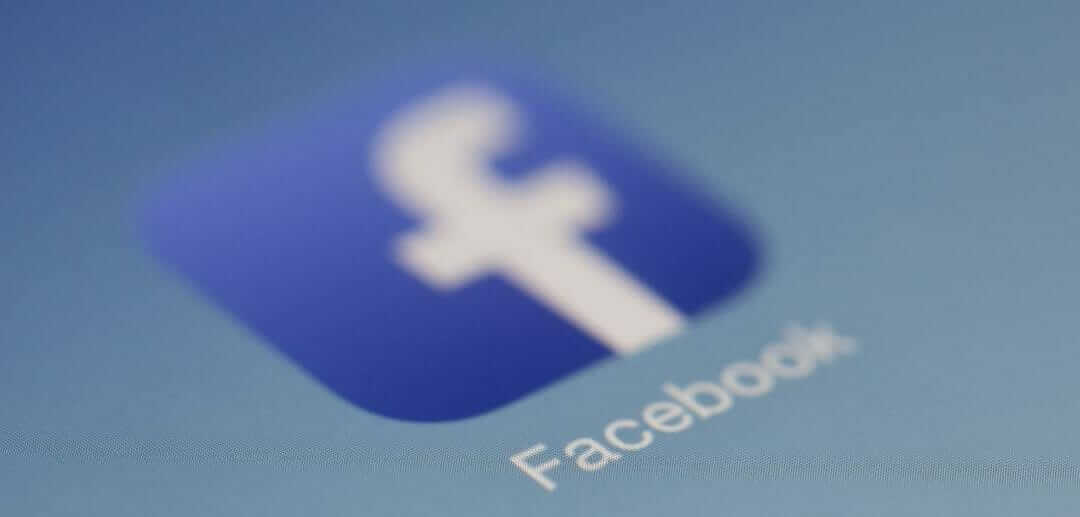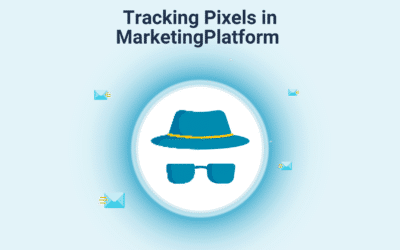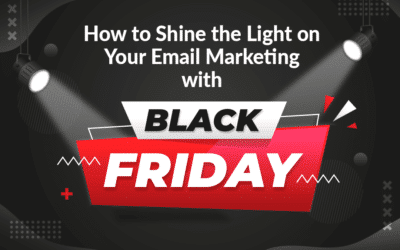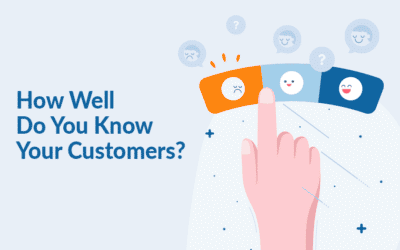Do you have a newsletter that is very important to you, as for example, an upcoming big sale? In that case, consider using Facebook to boost the attention on the sales. With a Facebook ad, you can create extra attention on your important campaigns before, during and after they are launched.
Why is interaction between Facebook and email marketing beneficial?
There are several reasons for this:
– People often have their inbox full. It is assumed that people on a daily basis receive 100+ emails on average (work emails included), and your emails can therefore very easily drown in the amount of other emails. With Facebook, you can be more sure that your newsletter recipients actually see the message that you want to send out.
– The more often a person sees a message, the greater the chances are that the person will respond. This means that your newsletter is perhaps seen in the inbox. Perhaps it is even opened. But the recipient has not come further than that. However, the same day a person sees an ad on Facebook that explains the content of the newsletter. It awakes the interest and a person now clicks on your website campaign.
By pointing out that you also have an online presence on Facebook, you can get people to follow you on this medium as well. It goes without saying that having customers and potential customers follow you as many places as possible is an advantage.
– A research study by Ascend2 and Research Partners shows that social media in 2018 was the most effective media for digital marketing.
Here is how to do it
- Start by uploading a list of the email addresses of everyone who is subscribed for the newsletter, and create a custom audience with these. (See instructions below.)
- A few days before the sale, make a Facebook ad targeted towards your custom audience and point out that there is a big sale coming soon.
- On the very day after the newsletter is sent out, make a new ad and point out that the sale has now started. You also need to consider whether the subscribers should have access to the sale before the others and therefore give them an early-bird access to the sale some hours or the day before.
- Two days after the sale, make a final ad targeted towards them, for those you can see in your email marketing platform have not opened your mail about the sale.
How to create custom audience with your newsletter recipients:
a. In Facebook, click on Audiences via the Business Manager point at the top left.

b. Click ‘Create Audience’ -> ‘Custom audience’.

c. Click on Customer list.

d. Then ‘Upload File’. Here you select the CSV file with the exported email addresses from your email marketing platform.

You should be aware that Facebook will not be able to match all your newsletter recipients with a Facebook profile. Only in those cases where a person has created a Facebook profile with the same email address, that a person has subscribed to your newsletter, a real match is made. This means that there is a greater chance of a match for a B2C company than B2B. Usually, there is a match of 70-80% of the email addresses for B2C companies. For B2B, it will be significantly lower.
Create the Facebook ad
Your custom audience is now created and you can create your Facebook ad.
There are several different ways to do this. Your ad can be created with multiple different goals including website traffic, interaction with your Facebook ad, lead generation and conversions, as Facebook uses these goals as a kind of logic to optimize the ads with the best possible results.

One of the ways could therefore be to create 2 types of campaigns. One in which in the days before you create a campaign optimized for interaction with the Facebook post, with it in mind, that you want those who see the post to tag friends, like and comment. The second campaign that appears when your newsletter is sent out, and if your goal is to get people to buy on your website, can be created with a conversion goal.
Once you have chosen the desired targeting format, you must target your campaign to your custom audience with email addresses that you have just created. You do this by clicking in this field

and then you find the name of your target audience. It is also possible to set demographic data and set further detailed targeting, but since you have already segmented your target group via your email addresses, there is no need for further fine adjustment here.
Target also potential new customers
This article is intended for existing recipients of your newsletter, but you should also try to create a Facebook Leads Ads ad which targets people who are not yet subscribed to your newsletter. For example, make a targeting of lookalikes of the people who are already subscribed to your newsletter, or try to target people’s interests. Make sure to exclude your custom audience with subscribers of the newsletter. There is no need to pay the exposure over these in this campaign. You exclude an audience in the field with User defined audiences by clicking here.

How much does a lead cost?
Before you start a lead campaign, you should have decided how much you are willing to pay for a lead – i.e. how much a lead is worth for you.
It can be difficult to generalize how much a lead costs on average, as there are many factors that decide, and also depending on the country that you target with your ads as well as the competition.
However, it is important to point out that you should not only look at CPL (= Cost Per Lead). If you have got leads under “cheap conditions”, for example, by getting leads through competitions, then you can have collected leads that can actually be indifferent with your business – they just want a chance to win.
The important thing here is to get an overview of how much value a lead really has. This is, of course, not possible to calculate if you have not collected leads from Facebook before. However, if you have previously collected leads, then you probably have (or hopefully) got the source over in your email marketing platform.
Then you can use the source as a way to create a segment, so when you later send your email campaigns, you will see how the segment performs, and based on this, you will make an estimate of how much a collected lead from Facebook is worth – and therefore, how much the lead must cost to buy.
Be aware that the prices for a lead can gradually increase as Facebook works its way through the defined audience, and therefore, over time, becomes more and more narrow. Therefore, keep an eye on the set lead campaign and the development of the lead price.
Try MarketingPlatform for free for 14 days
The trial period is free, completely non-binding and expires after 14 days if you do not wish to continue.
When you sign up, you will also receive our educational flow via a series of emails along with our newsletter with regular updates.





